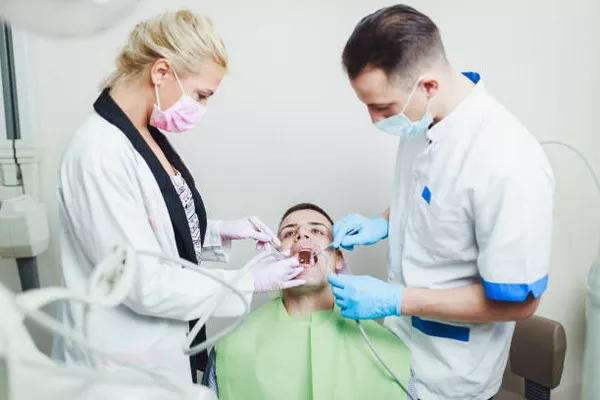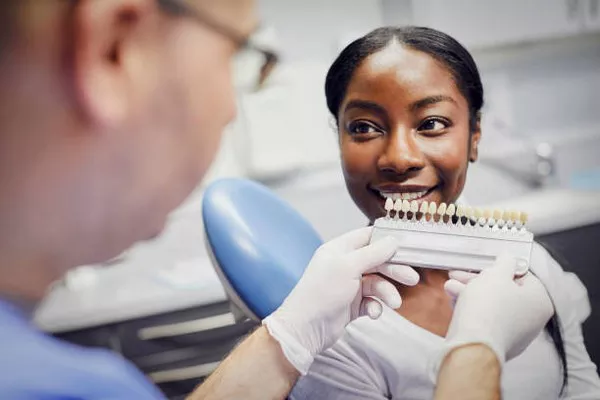In the modern medical environment, various correction techniques emerge in an endless stream, which makes patients look at the problem.
Correction experts suggest that patients who want to correct should first choose a regular hospital, specifically consult experts after treatment, to ensure a good correction effect.
What kind of teeth need to be corrected, many people do not understand.
What kind of teeth need to be corrected?
1. Patients with crowded teeth: manifested as the teeth in and out, not beautiful, not easy to clean, easy to suffer from dental caries, easy to form dental stones, leading to periodontal diseases.
2. The front teeth are also known as “ground package” pocket, showing that the lower teeth bite on the outside of the upper teeth, some people only teeth are reverse jaw;
Some people not only teeth anti jaw, facial skeleton is also deformed, known as bone anti jaw, the performance of the maxillary insufficiency – retraction, mandibular overdevelopment – anterior process, resulting in the middle of the face depression, the side of the crescent shape, affect the appearance and function.
3. Patients with interdental space, which is characterized by many gaps between teeth.
4. Deep coverage: also known as “burst teeth”, some only show the front teeth protruding or the front teeth falling down;
Some have bone deformities.
In some of these men the front teeth and upper gums protrude too far forward, and the chin is tucked behind the upper lip, or has no chin at all.
5. Double jaw protrusion, or upper and lower anterior teeth protrusion, resulting in lip protrusion, lip force to close, open lip teeth.
6. Lock jaw: patients without occlusal function.
7. Posterior teeth reverse jaw, locking jaw: affect the occlusal function of teeth, may lead to the deformity of the upper and lower jaw in the long term.
8. Patients with deep overbite (too deep occlusion of anterior teeth) : the lower anterior teeth can not be seen during occlusion;
Some people also have skeletal deformities, which show a short lower face.
This deformity is easy to bite the gums, but also easy to lead to periodontitis of the anterior teeth and facial joint disease.





























